
Knee Sleeve for Arthritis: Is It Effective?
june 19, 2023 | 4 Mins Read
TABLE OF CONTENTS
When dealing with arthritis, particularly in the knee, everyday tasks can become daunting and riddled with discomfort. Thanks to advancements in the medical field, we now have tools like knee sleeves, designed to offer relief and enhance mobility for people with arthritis.
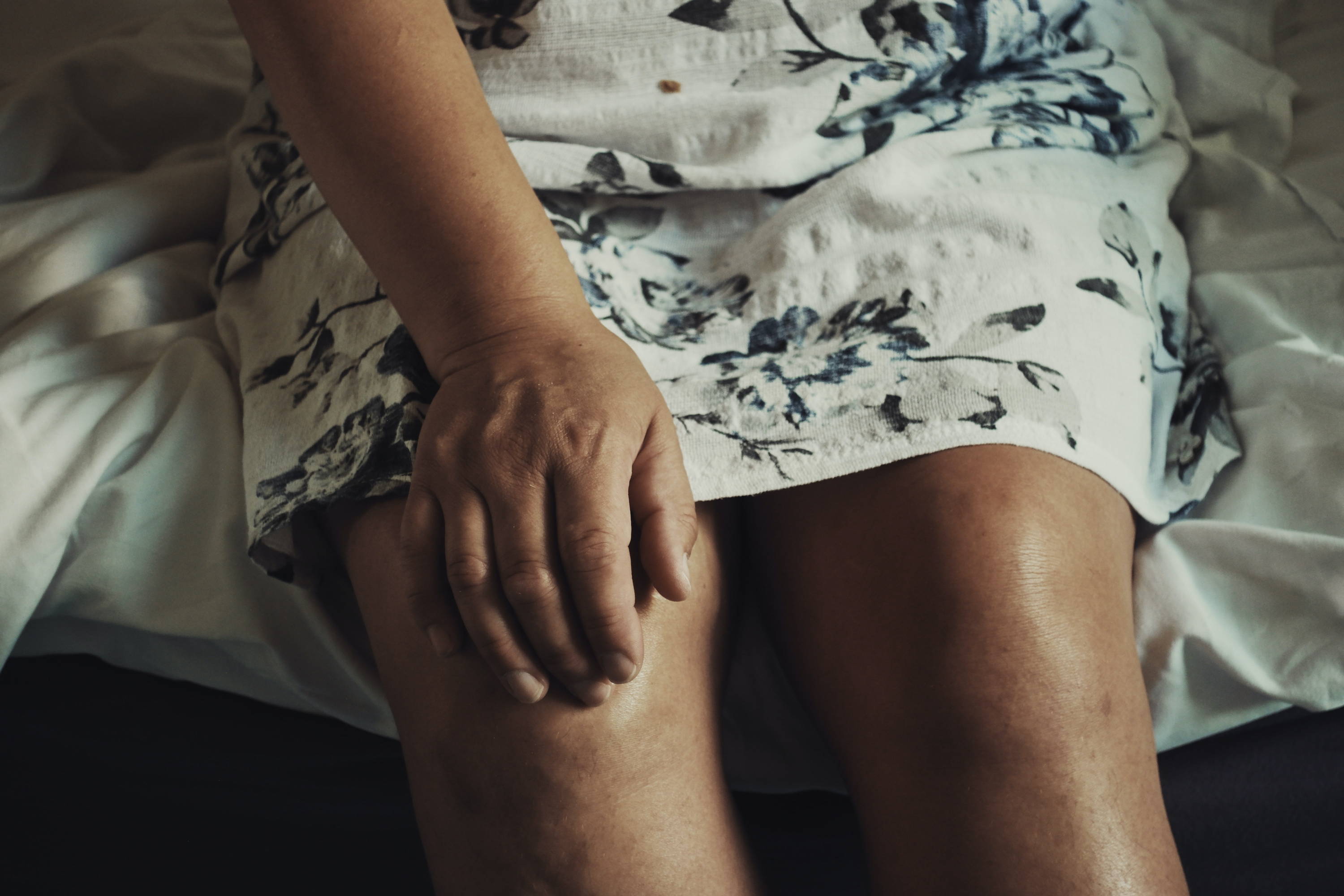
Knowing when to wear knee sleeves for arthritis is key to getting the most out of them.

After slipping on knee sleeves for arthritis, you can expect a variety of immediate and long-term effects. The benefits of knee compression sleeves can range from immediate relief from pain to gradual improvement in your knee's health and stability over time.
Improved Joint Health
Over time, the consistent use of knee sleeves can contribute to better joint health. The increased blood circulation to the knee joint promotes the delivery of nutrients and oxygen to the affected area, fostering healing and recovery.
Better Pain Management
Consistent use of knee sleeves can lead to more effective pain management. By keeping inflammation in check and providing constant support, knee sleeves can help make pain induced by arthritis more bearable in the long run.
Reduced Inflammation
Chronic inflammation is a hallmark of arthritis. Regular usage of knee sleeves can contribute to a reduction in this persistent inflammation, thanks to the gentle compression that these sleeves provide.
Strength and Stability
In the long run, knee sleeves can help improve the strength and stability of your knee. By enhancing proprioception and providing constant support, knee sleeves aid in training your muscles and ligaments to be stronger and more stable, which is beneficial in managing arthritis.
There are several types of knee braces and sleeves that people with osteoarthritis can use to manage their symptoms. The three main ones are hinged knee braces, unloader knee braces, and knee compression sleeves. Each type serves a unique purpose and is recommended for different situations.
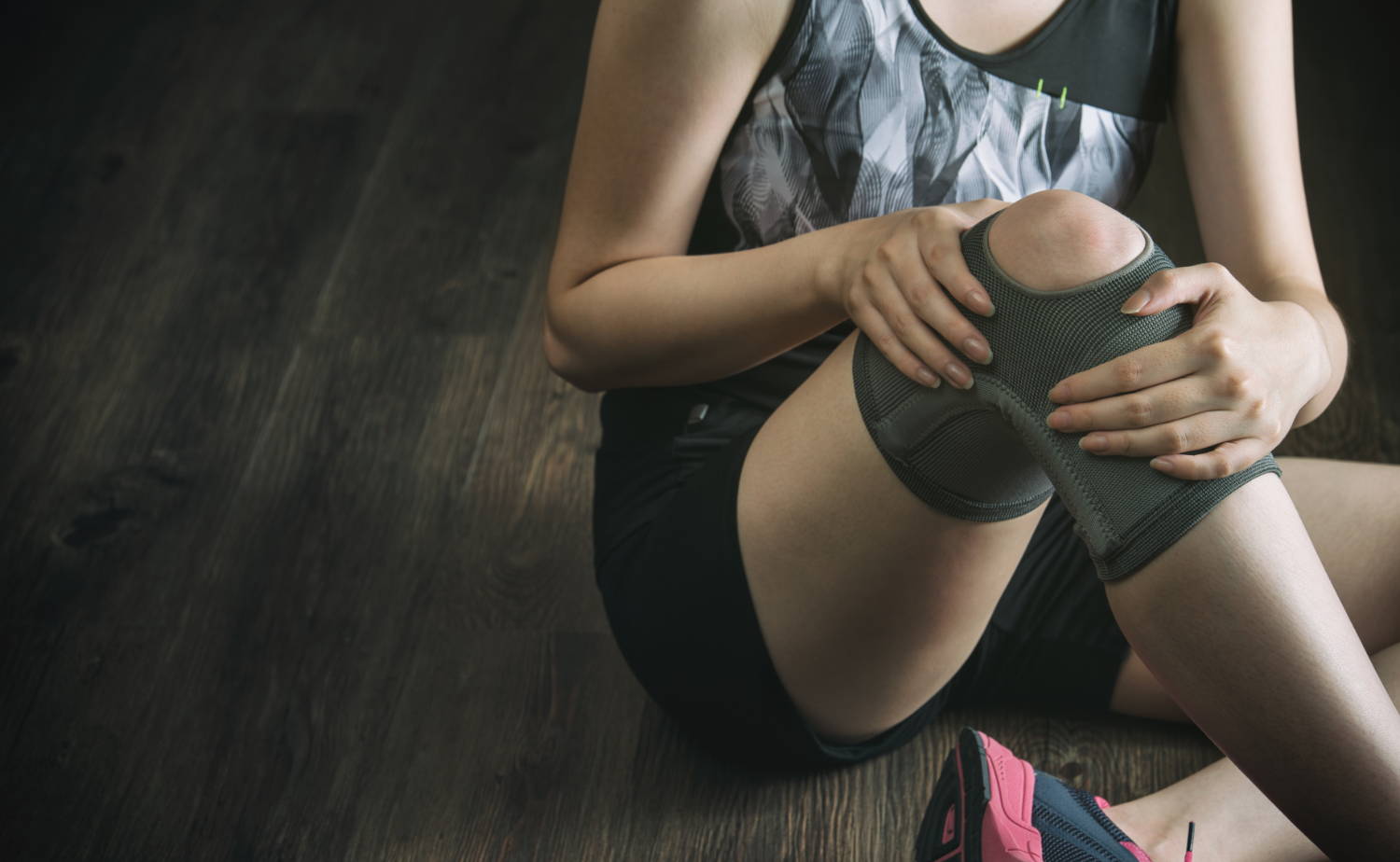
Hinged knee braces are often recommended by doctors for individuals who need extra support during recovery from a severe injury or surgery. This type of brace is characterized by its solid metal parts that allow for adjustable movement, resembling a door hinge.
Hinged knee braces are beneficial in that they provide a high level of support while allowing for controlled mobility. The sturdy structure helps limit side-to-side movement and restricts certain motions that could lead to injury, making it ideal for individuals recovering from ligament repairs or surgeries.
How It Differs
Unlike other knee braces, hinged braces are usually more robust and rigid. They are constructed to provide maximal support to the knee joint and limit specific movements, offering the best stability while the knee heals.
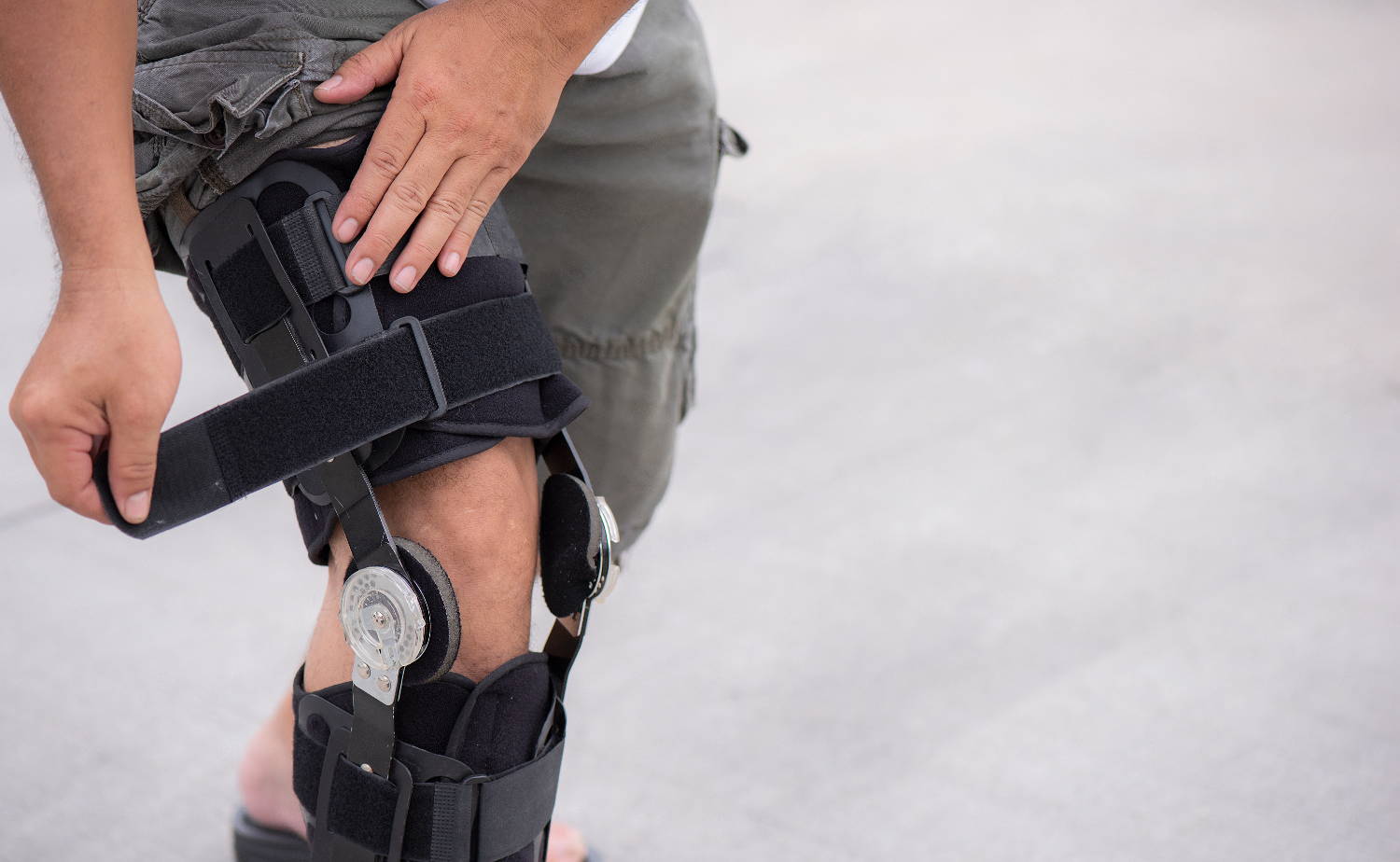
Unloader knee braces are primarily recommended by doctors for people with osteoarthritis that affects only one side of the knee. They are designed to 'unload' the weight from the affected area to the healthier side, hence their name.
Unloader knee braces can help alleviate pain and improve mobility for people with uni-compartmental knee osteoarthritis. By shifting the load to a less affected part of the knee, it can significantly reduce the strain on the worn-out side, thereby reducing pain and increasing function.
How It Differs
Unloader knee braces differ in look from other braces. They typically have struts on one side and pads on the other, with the design aiding in transferring the load from the affected part of the knee to the healthier part.
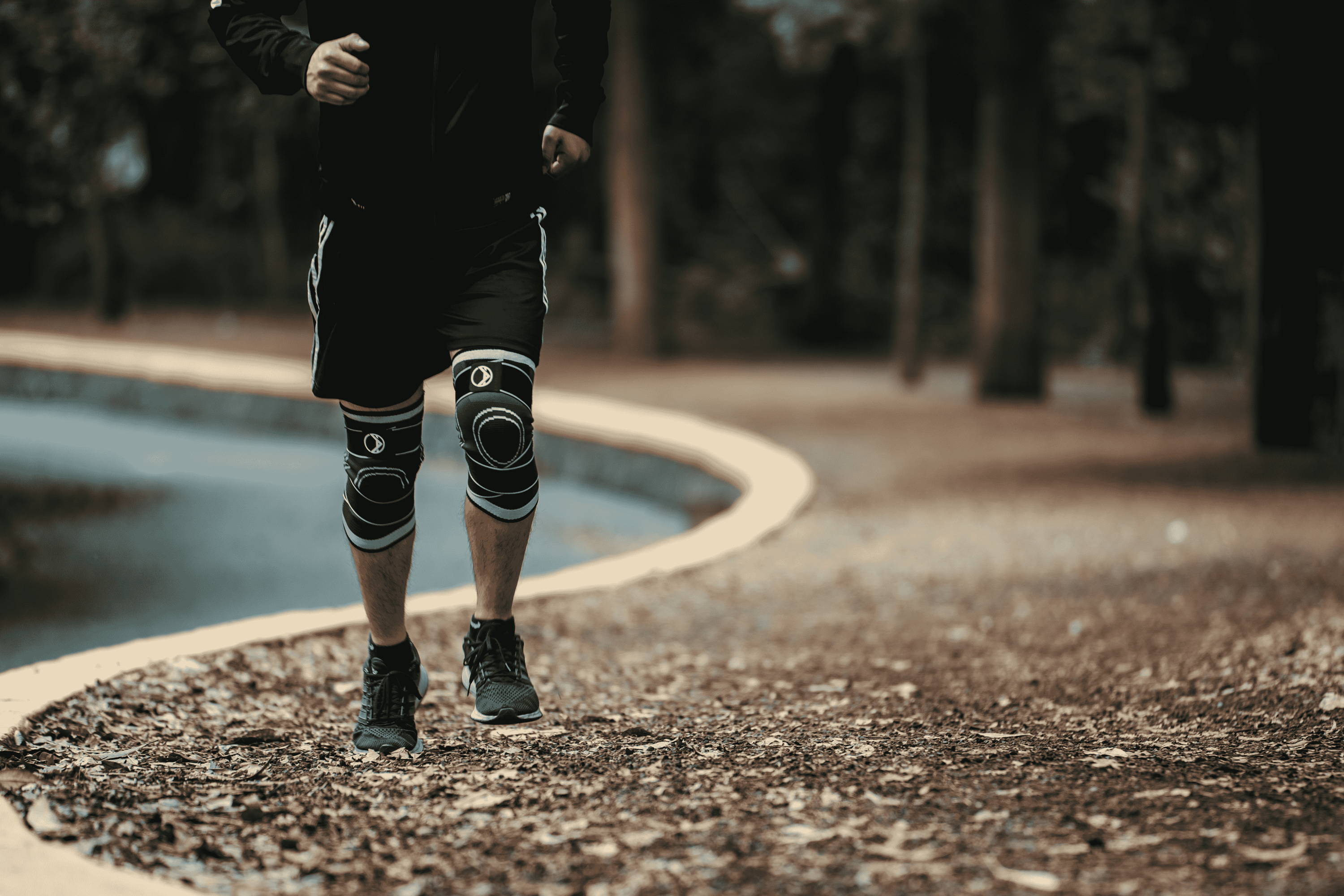
Knee compression sleeves are a great option for those with general knee pain and mild to moderate knee arthritis. They are usually made of flexible material and fit snugly around the knee.
Knee compression sleeves provide gentle compression to the knee area, which can help reduce pain and swelling. They also provide warmth to the joint, further alleviating discomfort. The gentle pressure promotes blood flow, helping bring nutrient-rich blood to the joint.
How It Differs
In terms of appearance, knee compression sleeves are less conspicuous than other types of knee braces and can be easily worn under clothing. They're flexible, easy to use, and do not restrict movement, making them ideal for everyday use and during physical activity.
Expert tip:
Always wear knee sleeves that come with adjustable velcro straps for better fit and support. This stabilizes the knees better against movement and prevents further injury. Knee wraps are merely for accessories, with limited support compared to knee sleeves.
When it comes to arthritis, effective management is critical to alleviating pain and preventing further joint damage. Here are several medically-backed treatments that can help manage arthritis, including the use of compression therapy.
Compression therapy involves applying consistent pressure to an area to increase blood flow and reduce inflammation and pain. Knee sleeves and compression stockings are commonly used devices for this type of therapy.
Compression therapy helps reduce swelling and inflammation, two major culprits of arthritis pain. Additionally, the enhanced blood circulation aids in the recovery of damaged tissues and eases joint stiffness.
Physical therapy is another key treatment for arthritis. It involves tailored exercises designed to strengthen the muscles around the joints, thereby improving mobility and relieving pain.
Different types of medication are available to manage arthritis. Nonsteroidal anti-inflammatory drugs (NSAIDs) and analgesics can be used to manage pain. In severe cases, corticosteroids or disease-modifying antirheumatic drugs (DMARDs) might be prescribed.
Excess weight can trigger arthritis flare-ups because the added weight adds stress and strain on the joint. Maintaining a healthy weight is critical for managing arthritis. Extra weight can put additional pressure on weight-bearing joints like the knee, exacerbating pain and stiffness.
Heat therapy can help ease stiff joints, while cold therapy can alleviate acute pain and reduce inflammation. Alternating between these two can also provide relief.
Acupuncture, a form of traditional Chinese medicine, has been found to help with arthritis pain for some individuals. It involves inserting thin needles into specific points on the body to relieve pain.
Certain foods have anti-inflammatory properties that can help manage arthritis. A diet rich in fruits, vegetables, lean proteins, and healthy fats can promote overall health and support weight management.
In severe cases or when other treatments are ineffective, doctors might recommend joint injections. These could be corticosteroids to quickly reduce inflammation or hyaluronic acid to improve joint lubrication.
If you're having a day with less pain, it's tempting to try and get as much done as possible. However, this can lead to overuse and subsequent flare-ups. It's better to pace yourself and balance activities with periods of rest, even on good days.
While medication is a crucial part of managing arthritis, over-reliance on it can lead to side effects and mask the progression of the disease. Always discuss with your doctor any changes in medication usage, and explore other management strategies like physical therapy or lifestyle modifications.
While arthritis is often associated with chronic pain, any new or escalating discomfort should not be dismissed as "just another arthritis symptom". It might indicate an acute inflammation or even an entirely different condition that requires prompt attention.

Those killer heels or tight shoes might be fashionable, but your joints are silently screaming. Opt for comfy and supportive footwear. If you must wear heels, limit the height and duration. Trust me; your knees will thank you.
High-impact exercises like running or jumping can put excessive stress on your joints and may worsen arthritis symptoms. Opt for low-impact activities like swimming, cycling, or yoga instead.
Smoking has been linked to an increased risk of rheumatoid arthritis and can make the disease worse. If you smoke, seeking help to quit should be a top priority.
Carrying heavy loads can put additional strain on your joints. If you need to lift or carry something heavy, use proper lifting techniques or ask for help.
Koprez knee sleeves are widely regarded as one of the best options for individuals seeking relief from arthritis symptoms. They are specifically designed to provide optimal support, compression, and comfort, making them an excellent choice for arthritis management.
Medical-Grade Compression: Koprez knee sleeves are constructed with high-quality, medical-grade compression material. This ensures the right amount of pressure is applied to the knee joint, reducing inflammation and providing pain relief.
Targeted Support: The unique design of Koprez knee sleeves offers targeted support to the affected areas of the knee. They provide stability and help alleviate the strain on the joint, promoting better mobility and function.
Breathable and Moisture-Wicking: Koprez knee sleeves are made from breathable fabric that allows proper airflow and moisture-wicking properties. This helps keep the knee cool, dry, and comfortable during extended wear.
Anatomical Fit: The ergonomic design of Koprez knee sleeves ensures a snug and comfortable fit. They are contoured to the shape of the knee, providing optimal support without restricting movement.
Versatility: Koprez knee sleeves are suitable for various activities and sports. Whether you're engaging in low-impact exercises, going for a walk, or participating in intense physical activities, these sleeves offer reliable support for arthritis management.
The immediate effects of wearing knee sleeves and braces are often noticeable. They provide support, stability, and compression to the affected knee joint, resulting in immediate pain reduction and increased comfort.
The gentle pressure and warmth provided by knee sleeves and braces can soothe inflammation, reduce swelling, and enhance blood circulation to the joint.
To effectively manage arthritis, knee sleeves are best used as part of a comprehensive treatment plan that includes exercise and lifestyle modifications.
References
Author

Claire Evans worked as the content marketing manager at Koprez. Claire combined a background of writing and editing, marketing, and patient education to best serve consumers, fitness enthusiasts, athletes, and anyone who relies on the Koprez brand for helpful information.
Koprez® Featured Products


"I sprain my wrist super often, so I decided to try out this sleeve. This is game-changing! I've been using it for a while now, and my wrists feel amazing. I haven't gotten in any injuries since using it too. It just makes my wrists feel so supported."
Alexis A.
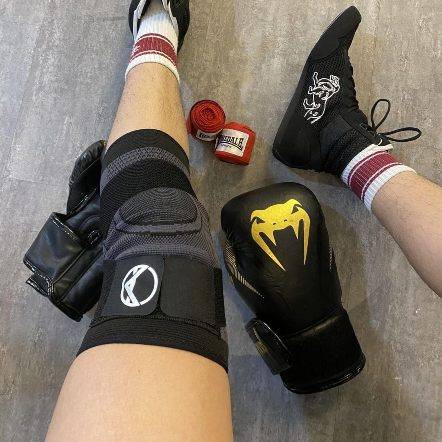

"Use this for my boxing training. It is a very comfortable brace and does not move out of position during skipping ropes and sparring sessions. I use it while running too. Probably the best brace I've purchased throughout the years. It is very flexible. Makes me look like a pro! :)"
Samuel L.


"I've just got back to running after a couple of years of being plagued by injury. These compressions socks are helping give me peace of mind while I build up my distance again. They are the perfect level of compression, super comfy, and very high quality. Feel great while on a run, and looks great in the orange colour I have!"
Dave R.
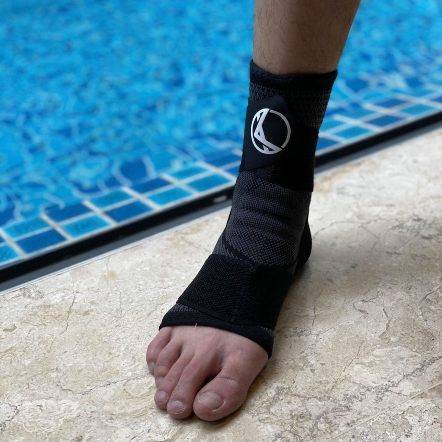

"I have a weak ankle, and the Koprez ankle sleeve has been a lifesaver. Wear it every day. Super breathable and comfortable. Like wearing a cool sporty looking sock!"
James F.
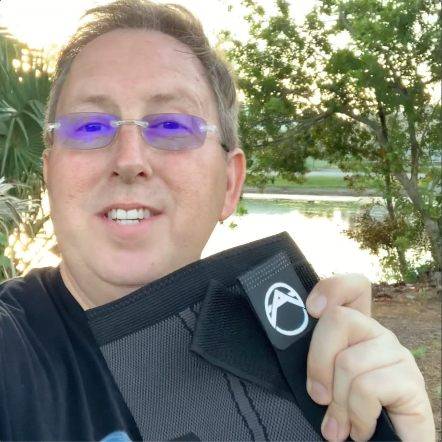

"This is the best knee sleeve I've ever tried. It's now a must-have for all my exercises. A few years ago, I had an accident that damaged my knees, but with Koprez I can be active again with no knee pains at all. It's been truly amazing!"
Alex M.
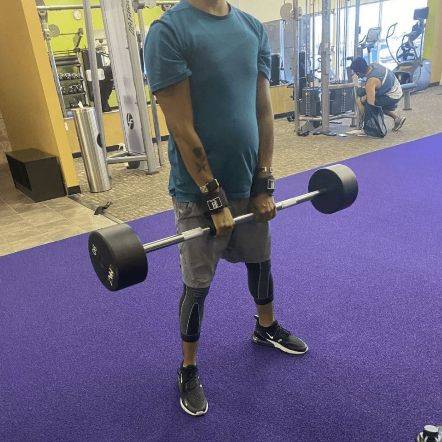

"One of the best purchases I've ever made. It fits your legs all the way from top to bottom, great snug fit, gives you support and definitely helps during rehab and training."
Rafael A.
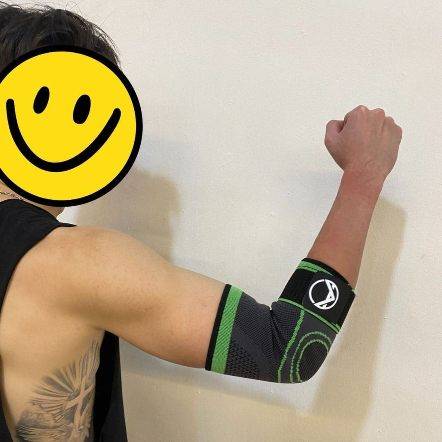

"I had a minor elbow injury, and Koprez sleeve was super supportive and definitely helped me recover faster. I still use the sleeve to prevent further injury. So far, so good. Very comfortable and does not feel hot at all. Highly recommend!"
Corey B.


"It's really been a game-changer for me. It allows me to exercise a lot longer than I used to. Now my knees don't hurt, and they're not uncomfortable at all."
Mike P.


"Great product!!"
Harold
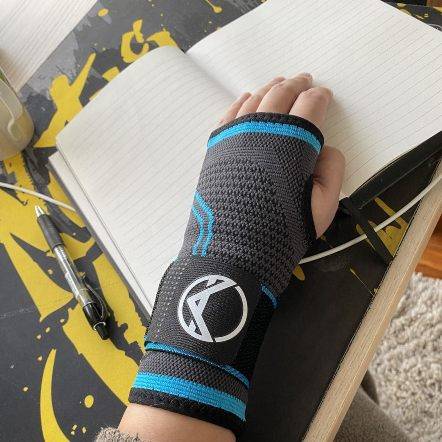

"I have carpal tunnel, and this brace has helped me work pain-free. Love the materials, and I can feel my wrists slowly getting better, even when I don't wear them!"
Christopher J.
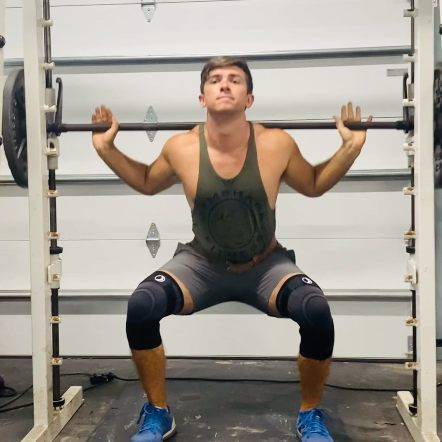

"I wanted to try out these sleeves to improve my squats and deadlift in the gym without worrying about injuring my knees. They stayed up throughout the entire gym session, and my knees feel super supported. Now I can do what I love for years to come. "
Corbin C.